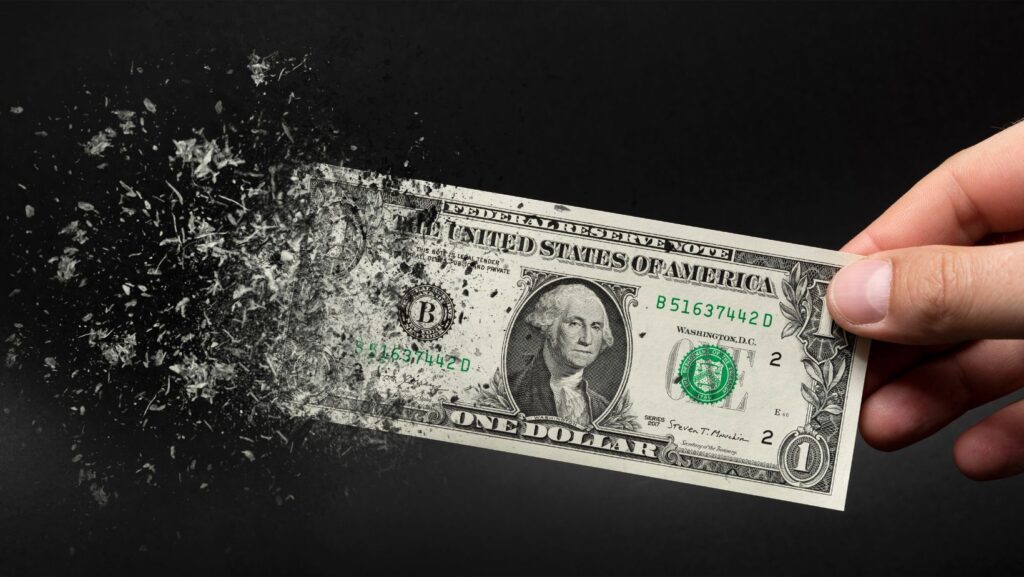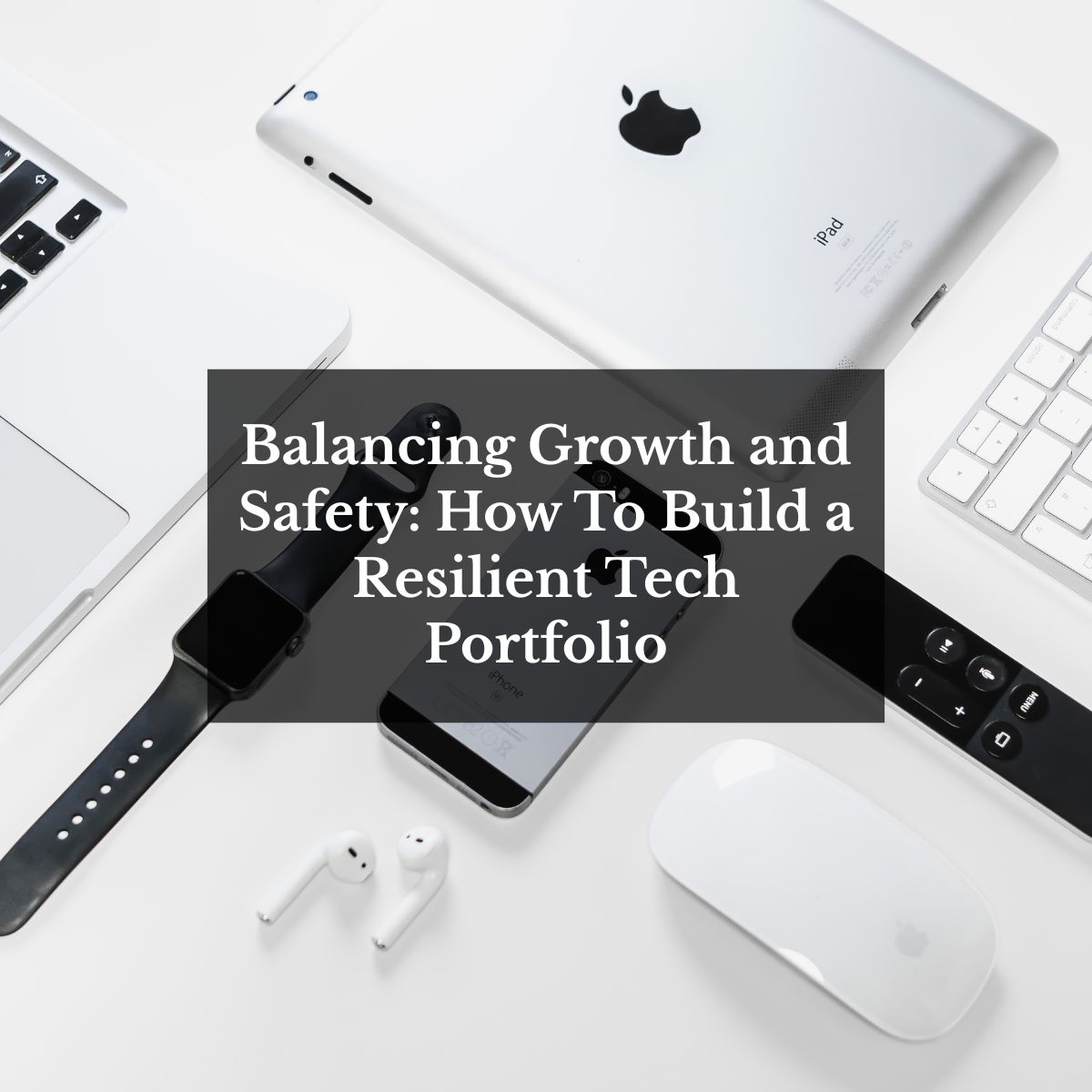
If you’re experiencing sticker shock at the grocery store or noticing the rising costs of goods and services in your daily life, you’re not alone. Inflation has been a hot topic of concern for millions of Americans, with a staggering 93% worried about its current impact on the economy. This begs the question: What will inflation be in 2030, and how will it affect the prices of essential goods and services in the future? Let’s explore what inflation might look like in 2030 and how you can prepare.
What Is Inflation?
Inflation, at its core, is the rate at which the prices of goods and services rise over time. This increase can be caused by a variety of factors, such as increased demand, supply chain disruptions, government policies, and global events. As inflation rises, the purchasing power of money declines, meaning that each dollar buys fewer goods and services than it did before. Seven-in-ten Americans say inflation is a very big problem for the country. For many, the concern is not just the current state of inflation but what it will look like in the coming years.
The Consumer Price Index (CPI) is one of the most widely recognized tools for measuring inflation. The CPI tracks changes in the prices of goods and services commonly used by households. While inflation is often seen as a negative economic force, it is not always a bad thing. When inflation is moderate and predictable, it can indicate a growing, healthy economy. But the key lies in its predictability and moderation. Inflation becomes a problem when it spikes unexpectedly, outpacing wages and economic growth, leaving people struggling to make ends meet.
1. Housing
Housing is one of the biggest concerns when it comes to inflation 2030 predictions. As the population grows and housing demand increases, prices are expected to rise. The average annual inflation rate for housing is currently around 2.39%. Based on this trajectory, housing costs are predicted to be nearly 27% higher by 2030. This means that if you’re eyeing a $400,000 house today, you could be looking at a price tag of $506,000 in just seven years.
If you’re considering buying property in high-demand states like California, Hawaii, or Washington, you might need to budget even more. By 2030, the average home in California is expected to surpass $1 million, while homes in Hawaii could reach close to $889,000. Washington state follows closely behind, with average housing prices potentially soaring to $782,000. With housing inflation continuing to rise, many Americans are left wondering how they will afford the dream of homeownership in the years to come.
A Look Back in Time: In 1970, the average house in California cost just $24,300. Today, prices have increased exponentially, and this trend is expected to continue through 2030.
2. Food & Beverage
Food and beverage costs are another critical area impacted by inflation. With an average annual inflation rate of 2.33%, the prices of groceries and dining out are likely to rise by about 26% by 2030. A trip to the grocery store that costs you $250 today could easily cost more than $314 in seven years.
The price of specific items, such as fresh fruit, has been climbing at nearly twice the rate of other goods like meat, poultry, and fish. As we move closer to 2030, experts predict that food preferences will also shift, with more people opting for poultry and dairy over red meat. This change in consumer behavior, combined with inflationary pressures, may lead to fluctuations in food prices that are difficult to predict but inevitable.
A Look Back in Time: In 1970, a gallon of milk cost $1.32. Fast forward to today, and prices have increased significantly, reflecting the broader trend of rising food costs.
3. Healthcare
The rising cost of healthcare is another major concern when looking ahead to what inflation will be in 2030. The average annual inflation rate for healthcare is currently about 1.83%. Based on this trend, healthcare costs are projected to increase by around 20% over the next seven years. This means that if you’re spending $5,000 a year on healthcare today, you could be paying $6,000 by 2030.
For those nearing retirement, the financial burden of healthcare is even more concerning. In 2021, a retired couple was estimated to need $300,000 in savings to cover healthcare expenses throughout retirement. By 2030, that figure could rise to over $350,000, making it essential for individuals to plan ahead for these inevitable costs.
A Look Back in Time: In 1970, annual healthcare spending per person was approximately $353. Today, healthcare costs are significantly higher and will likely continue to rise through 2030.
4. Gas and Transportation
Transportation costs, including fuel and vehicle prices, are also subject to inflation. The average annual inflation rate for transportation is currently about 1.38%. By 2030, transportation costs are expected to rise by nearly 15%. A car that costs $40,000 today could set you back nearly $46,000 by 2030.
However, the rise of electric vehicles (EVs) could disrupt these trends. With projections suggesting that there could be as many as 145 million EVs on the road by 2030, coupled with advancements in self-driving technology, transportation might look drastically different. The cost of EV batteries is expected to decrease, making these vehicles more accessible to the average consumer. Additionally, as remote and hybrid work arrangements become more common, the demand for traditional commuting methods may decrease, potentially stabilizing transportation costs.
A Look Back in Time: In 1970, the average new car cost around $3,500. Today, car prices have surged, reflecting inflationary pressures and changes in consumer preferences.
5. Education
The cost of education, particularly higher education, has been rising at an alarming rate. The average annual inflation rate for college tuition is around 4.93%, making it one of the fastest-growing sectors affected by inflation. By 2030, tuition for a four-year public university could be about 62% higher than it is today.
This means that the current cost of $20,000 for a four-year degree could increase to $32,000 by 2030. Similarly, tuition at private universities, which currently averages $44,000 per year, could rise to $68,000 by the end of the decade. The rise of virtual learning and alternative education methods may offset some of these costs, but the overall trend points to higher expenses for those pursuing a college education.
A Look Back in Time: In 1970, the average cost of attending a private four-year university was just $1,706. Inflation has caused this figure to skyrocket, with costs expected to continue rising through 2030.
How to Prepare for Inflation
As we look ahead to 2030, it’s clear that inflation will continue to impact our daily lives. While predicting exact inflation rates for the next seven years is challenging, understanding historical trends and current economic factors can help us make informed decisions. Whether it’s planning for housing, healthcare, transportation, or education, being proactive in your financial planning can help you better navigate the challenges inflation will bring in 2030.
As the old saying goes, “Inaction breeds doubt and fear. Action breeds confidence and courage.” Consider taking the following proactive steps now to prepare for future inflation, so you can confidently safeguard your financial future, and minimize the impact of rising costs on your long-term goals.
- Diversify Your Investments:
Spread your assets across different types of investments. This can include stocks, bonds, real estate, and inflation-protected securities, to hedge against inflation’s impact. - Build an Emergency Fund:
Keep a well-stocked emergency fund to cover rising costs in essential goods and services during inflationary spikes. - Focus on Debt Repayment:
Pay off variable-rate debts. Rising interest rates during inflation can make debt more expensive over time. - Increase Income Sources:
Explore ways to boost income. Consider side jobs or passive income streams, to stay ahead of inflation and maintain purchasing power.
If you’re feeling concerned about what inflation might look like in in 2030, you’re not alone. A moderate amount of inflation can be healthy for the economy, but rapid and unexpected inflation can create financial hardships. The key is staying informed and planning ahead to protect your purchasing power.
If you have questions about how inflation will affect your financial plans, don’t hesitate to reach out. At R.W. Rogé & Company, Inc., we are committed to helping you Plan, Achieve, and Live® the life you desire. Our team of fiduciary advisors is here to support you with personalized, fee-only financial planning and investment management. Contact us today at 631-218-0077 or at info@rwroge.com.
R.W. Rogé & Company, Inc. is an independent, fee-only financial planning and investment management firm serving clients locally and virtually across the country, with Long Island, New York, Beverly, Massachusetts, and Naples, Florida office locations. R.W. Rogé & Company, Inc. was founded on a “client first” culture and proudly commits to acting in your best interest as a fiduciary, since 1986. We help clients Plan, Achieve, and Live® the life they want since 1986. To learn more about how we do this contact us today.



